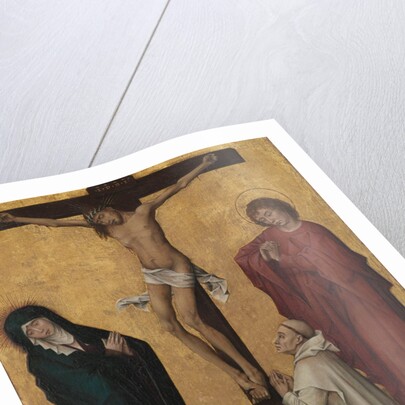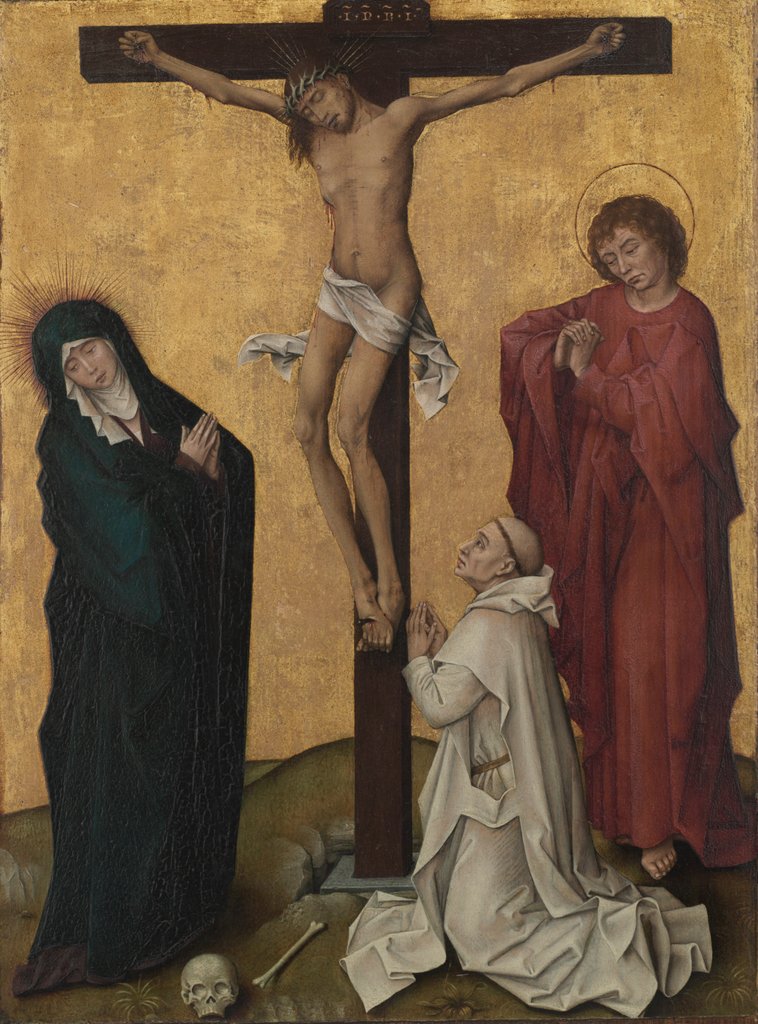Sizing information
| Overall size (inc frame) | 15 x 20cm (5.9 x 7.9in) |
| Depth | 0cm (0in) |
| Artwork | 12.9 x 17.43cm (5.1 x 6.9in) |
| Border (mount) |
1.28cm
top/bottom
(0.5in)
1.05cm left/right (0.4in) |
| The paper size of our wall art shipped from the US is sized to the nearest inch. | |

Our prints
We use a 200gsm fine art paper and premium branded inks to create the perfect reproduction.
Our expertise and use of high-quality materials means that our print colours are independently verified to last between 100 and 200 years.
Read more about our fine art prints.
Manufactured in the UK, the US and the EU
All products are created to order in our print factories around the globe, and we are the trusted printing partner of many high profile and respected art galleries and museums.
We are proud to have produced over 1 million prints for hundreds of thousands of customers.
Delivery & returns
We print everything to order so delivery times may vary but all unframed prints are despatched within 1–3 days.
Delivery to the UK, EU & US is free when you spend £75. Otherwise, delivery to the UK costs £5 for an unframed print of any size.
We will happily replace your order if everything isn’t 100% perfect.
Product images of The Crucifixion with a Carthusian Monk, c. 1460



Product details The Crucifixion with a Carthusian Monk, c. 1460
The Crucifixion with a Carthusian Monk, c. 1460
The Crucifixion with a Carthusian Monk, c. 1460. This painting shows a Carthusian monk kneeling in devotion and prayer before the Crucifixion. It is likely that this panel was intended for the cell of a monk in an unknown monastery. The Carthusians were particularly devoted to the Passion and Crucifixion of Christ, and devotional images were provided for each monk?s cell. The Carthusian order was founded by Saint Bruno in 1084 with the purpose of providing the strictest separation from the world. The first Carthusians were dedicated to contemplation through silence, prayer, poverty, penance, and almost continuous occupancy of a solitary cell. The solitary life could only be maintained through the establishment of separate cell houses. Each community of monks was limited to the apostolic number of 12, though exceptions were sometimes made. They were recognized by their white, full-length, cowled habit called the scapular, shown here. The artist has not been identified.
- Image ref: 2743752
- Heritage Art/Heritage Images
Find related images
 zoom
zoom
























